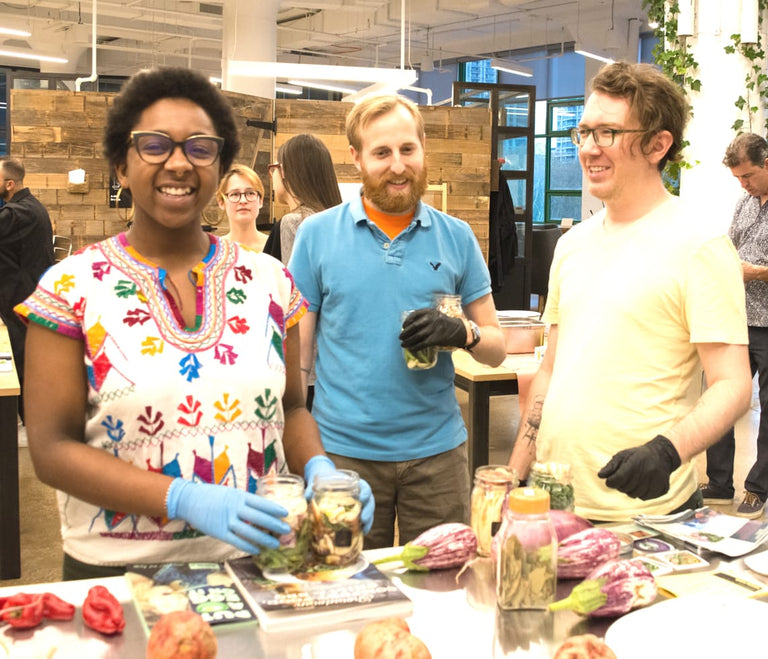The Truth About Farm Raised Salmon

Is salmon actually good for you? Not if it's farm raised. Watch Wen-Jay discuss here: part 1, part 2 and part 3.
You may think because we love farms that we think farm raised salmon is better, but it's actually not. Here are some facts about farm raised salmon that'll change your mind about the fish you choose to eat.
Farm raised salmon live in a confined area in a pen where the currents are really low. This means that all the fish poop and uneaten food gets stuck in the water not moving, which attracts parasites and diseases. This means you have to feed the fish more antibiotics to get rid of the disease, which creates more antibiotic resistant organisms. It's a gross cycle of disease and antibiotics that shouldn't be anywhere near your food.
Salmons that grow up on farms are also fatter because they get less exercise, which means they store more fat soluble toxins like lead and PCBs. Studies have shown that there are 10x more PCBs found in farm raised salmon. This is bad because science has proven there’s a correlation between high PCB levels in food and strokes in women.
Lastly, the color of farm raised salmon is unnatural. It comes from a synthetic additive called astaxanthin that's added to their feed. There’s two kinds of astaxanthin: natural and synthetic. Synthetic ones are made from petrochemicals and without this in their diet, salmon would actually be a whitish gray color (and we'd never buy it). That’s one of the ways farm raised salmon is tricking you into thinking its wild caught.
Our friend Christopher from Iliamna Fish Co. catches wild-caught salmon in Alaska. His salmon has a beautiful orange hue because of the keratinoids that come naturally from the food they eat in the water.
Next time you buy salmon, avoid unnatural chemicals and go for wild caught. Try fisherman Christophers salmon here:
Rather have a taste first?
Local Roots Experiences are fun, pop-up events where we bring the farm to you!

Become a Harvest Club Pick Up Location
Are you a NY based cafe, bar, or neighborhood business? Become a Harvest Club pick up location and have community members come to your establishment each week to pick up their Local Roots harvest.
Top






